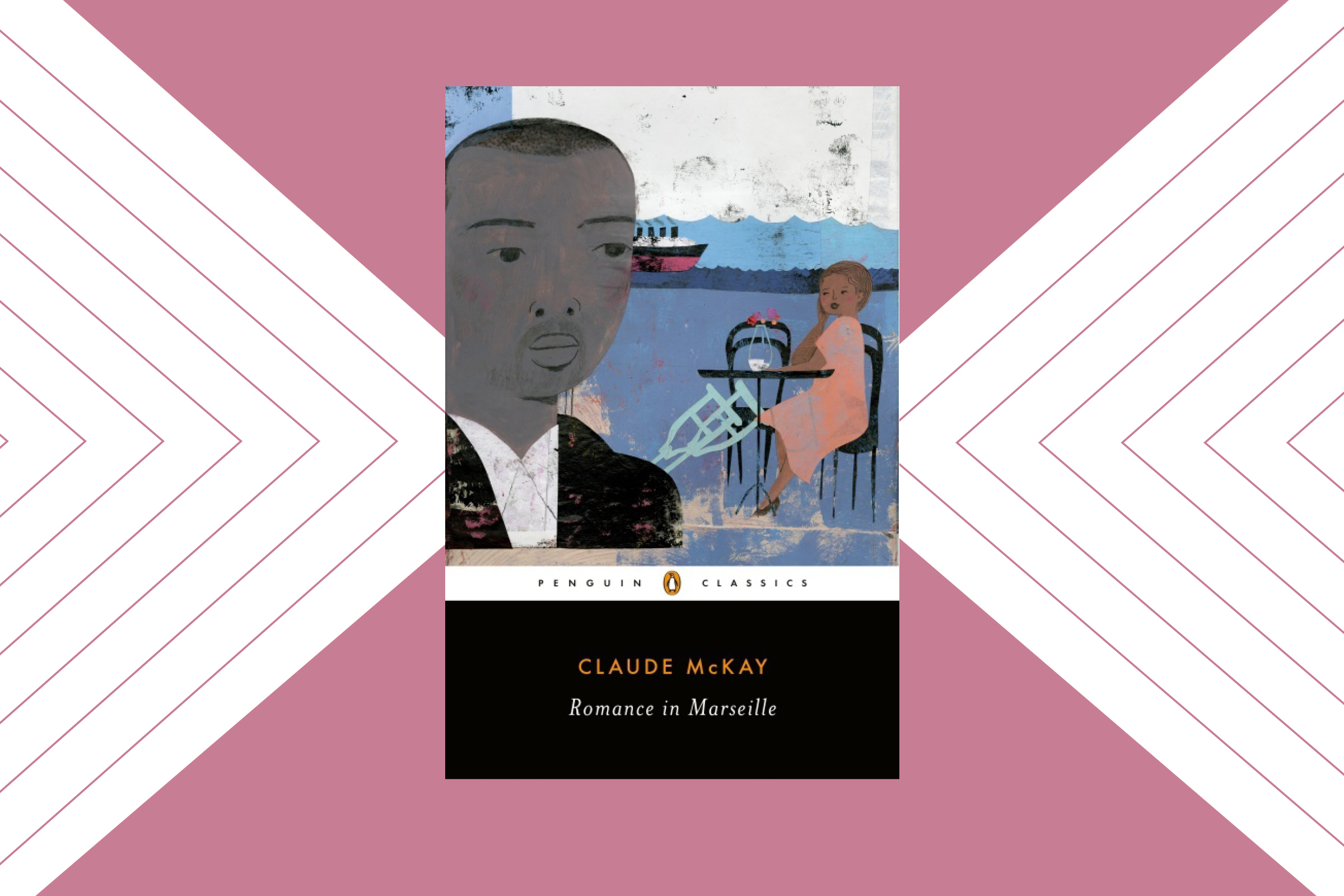- Home |
- Search Results |
- Claude McKay’s Romance in Marseille shows how human truths have been erased from history
Claude McKay’s Romance in Marseille shows how human truths have been erased from history
Romance in Marseille challenges ableism, celebrates Queer love and places a working class, multicultural community at its heart – and took 80 years to be published. Johny Pitts explains its essential lessons.

There exists a sepia photograph of my great uncle John E Pitts (who I’m named after, but never met) taken in 1928 in New York City, in which this man, poor and Black, is dressed to the nines in trilby, suit and woollen overcoat, holding a regal staff in front of a curtain depicting what looks like the interior of a Victorian mansion. He was, no doubt, channelling a similar sentiment as the one written by the great Persian poet Hafez; ‘I am what I show to people’. Beautiful as the photograph may be, however, it tells me next to nothing about who this mysterious great uncle of mine really was.
Thanks to writers and activists of the era such as Langston Hughes, Countee Cullen, Zora Neale Hurston, Marcus Garvey and W.E.B Dubois, I know something of the external pressures and vices in Interwar America that surrounded my great uncle, just a generation away from slavery, that betray this reductive if regal image of him.
But it is in the fiction of another figure from the Harlem Renaissance, Claude McKay, this time his novel Romance in Marseille, that I find what I imagine to be the secrets my great uncle and his generation kept. The unofficial stuff deemed too unworthy or unsightly to be committed to history. When I read McKay I see my great uncle in colour.
Published for the first time this year, more than eight decades after it was written, Romance in Marseille feels timely, but not necessarily for the most obvious reasons. Here is an intersectional story that ticks nearly every "on-trend" box for 2020; it challenges ableism, celebrates Queer love and places a working class, multicultural community at its heart.
McKay, of course, wasn’t virtue signalling when he wrote this work, on the contrary, his book is evidence that these things aren’t and never were "trends" at all, rather they are immemorial human truths that have been continuously sublimated and woven out of history.
We enter the dreams and desires of these people without being forced to see them as avatars of virtue.
Like all of McKay’s novels, Romance in Marseille barks worse than it bites. With everything the characters do and say to each other, it’s remarkable that the book only features two acts of intended violence – both of them reluctant and by the same regretful character. The real villain looms large as the precarity with which Capitalism subjugates Black life; the technical details, the small print, pedantic and peevish laws used to divide or crush working class communities.
This mirrors McKay’s own life, constantly fraught as it was with legal and money troubles, and ending in poverty, despite the literary acclaim he received during his lifetime. When he was on the Europe trip that inspired his two Marseille novels he worked on the docks, unloading peanuts and coconuts, even though he was acquainted with the dancer Isadora Duncan and arrived with a letter of introduction from his friend, the famous Bulgarian artist Jules Pascin. Prestige, politics and poverty followed McKay around his whole life, or perhaps it was the other way round.
We might pat ourselves on the back for embracing such a novel in 2020; the long overdue publication of a masterpiece as an indication of how progressive we all are as publishers and readers. But perhaps it has found its way to us now, finally, not as evidence of this moment’s "openness", but as a cursory tale about its closedness, as we face a decade with an outlook not too unlike a 1930s that spelled the death of the Harlem Renaissance. In the end, Romance in Marseille is timely because it reminds us of our secret pleasures and desires, our imperfections and idiocy, and, in all its messiness and ambiguity, of the blur and beauty behind our "personal brands".